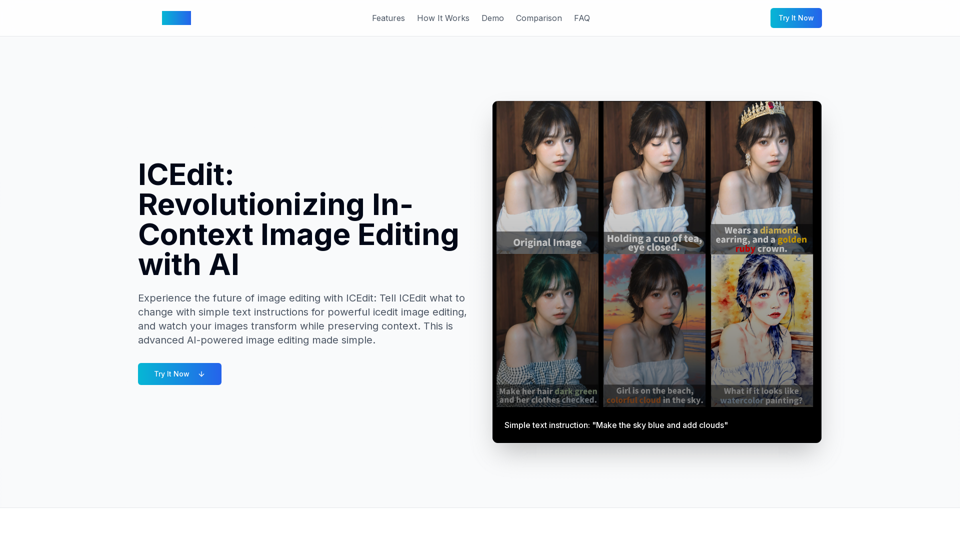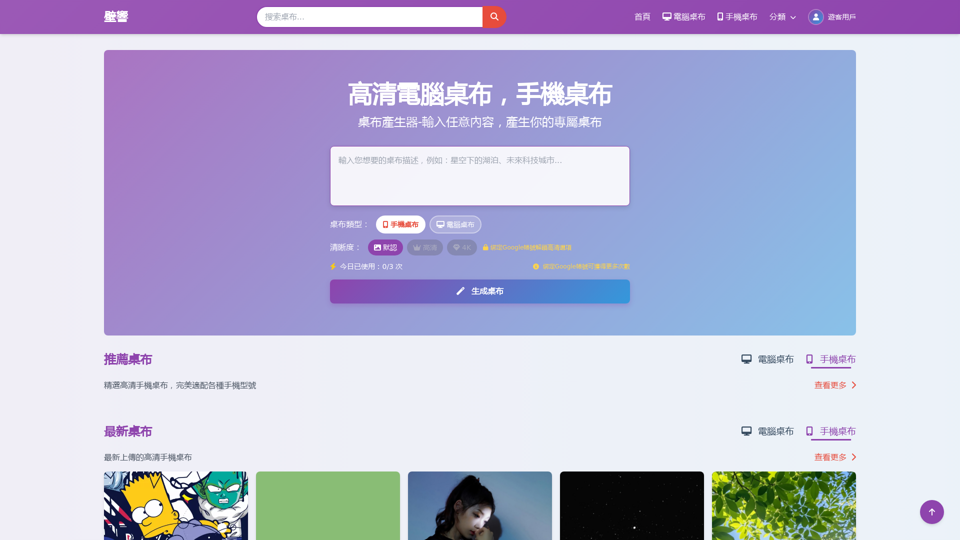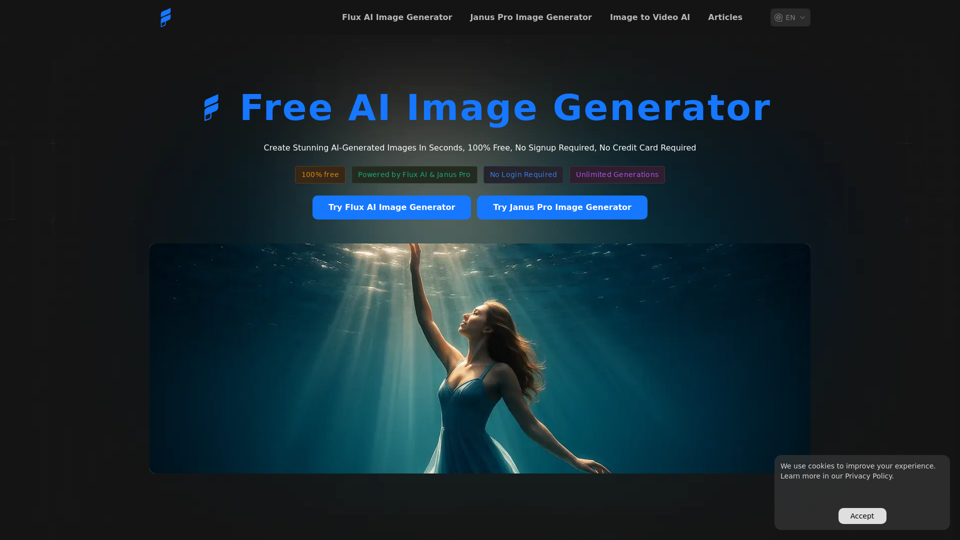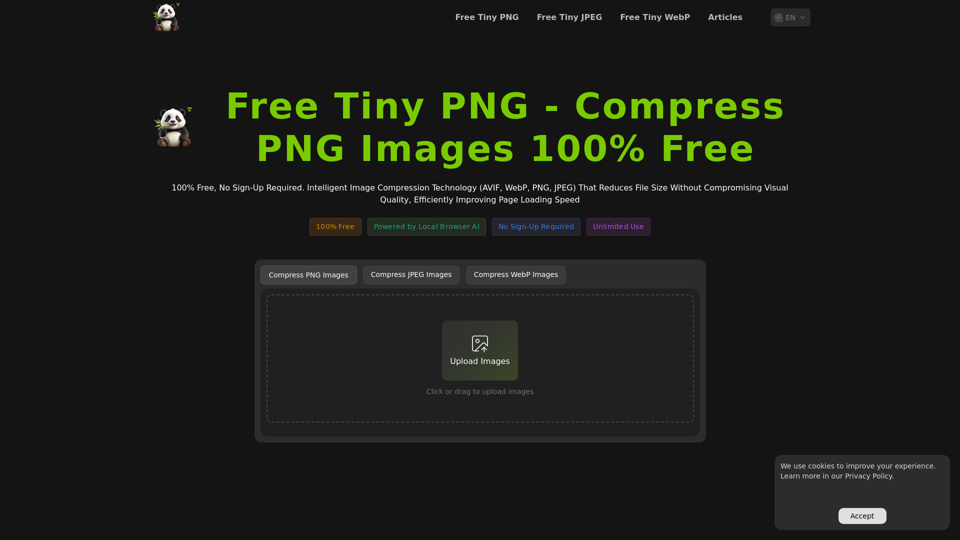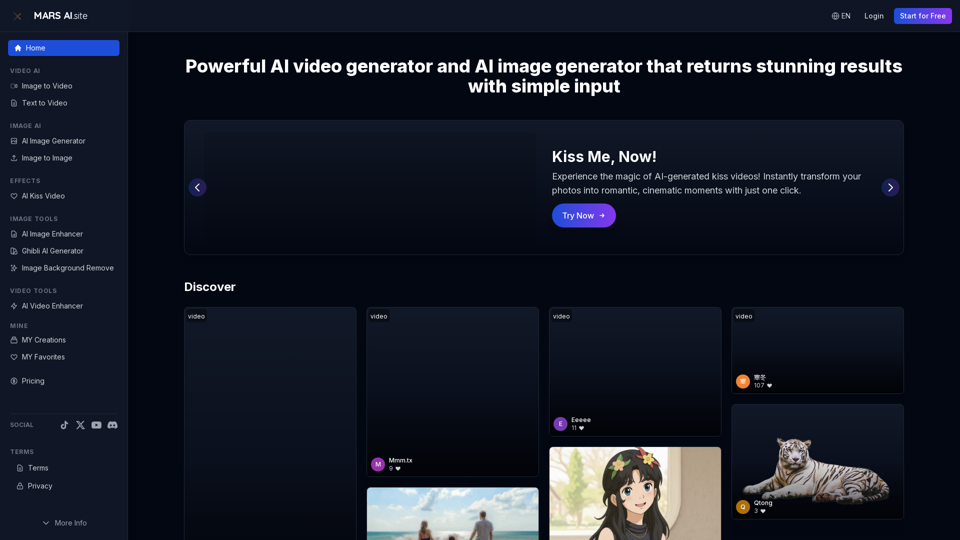Overview
ICEdit is an AI-powered online image editor that allows users to modify images using simple text instructions. It focuses on "in-context" editing, meaning it understands the existing content of the image and makes changes that blend naturally.
Main Purpose and Target User Group
The main purpose of ICEdit is to make advanced image editing accessible to everyone, regardless of technical skill. Its target user group includes anyone who wants to easily and quickly edit images using natural language commands, from casual users to potentially professional designers looking for a fast way to make specific changes.
Function Details and Operations
ICEdit operates through a text-to-image editing interface. Users upload an image or select an example, then type a description of the desired edit in natural language. The AI processes the instruction and generates the modified image. Key functions include adjusting colors, adding or replacing elements, and transforming specific parts of the image while preserving the overall context.
User Benefits
Users benefit from ICEdit's ease of use, speed, and ability to perform complex edits with simple instructions. The in-context editing ensures natural-looking results, saving users time and effort compared to traditional editors. Its open-source nature also fosters continuous improvement and transparency.
Compatibility and Integration
ICEdit is an online tool accessible via a web browser. It is open-source, allowing for potential integration and customization by developers. A demo is available on Hugging Face.
Customer Feedback and Case Studies
The provided content includes a "Before & After Showcase" demonstrating various edits performed with text instructions. It also includes a comparison claiming comparable or superior results to commercial models like Gemini and GPT-4O in character ID preservation and instruction following.
Access and Activation Method
ICEdit is accessed online through its website. A free demo is available for immediate use without registration. The open-source nature suggests potential for self-hosting or integration, but the primary access method is the online platform.
